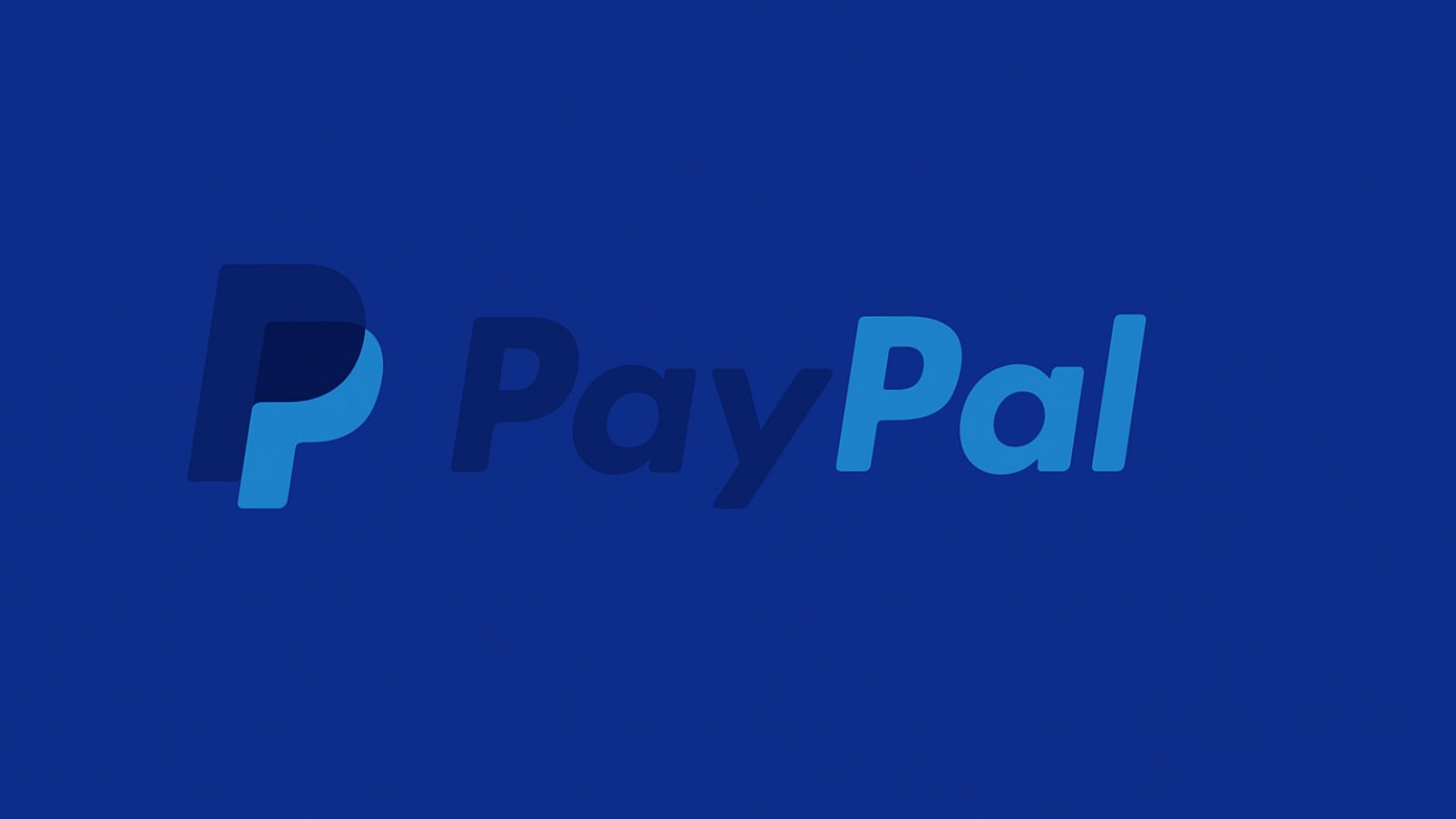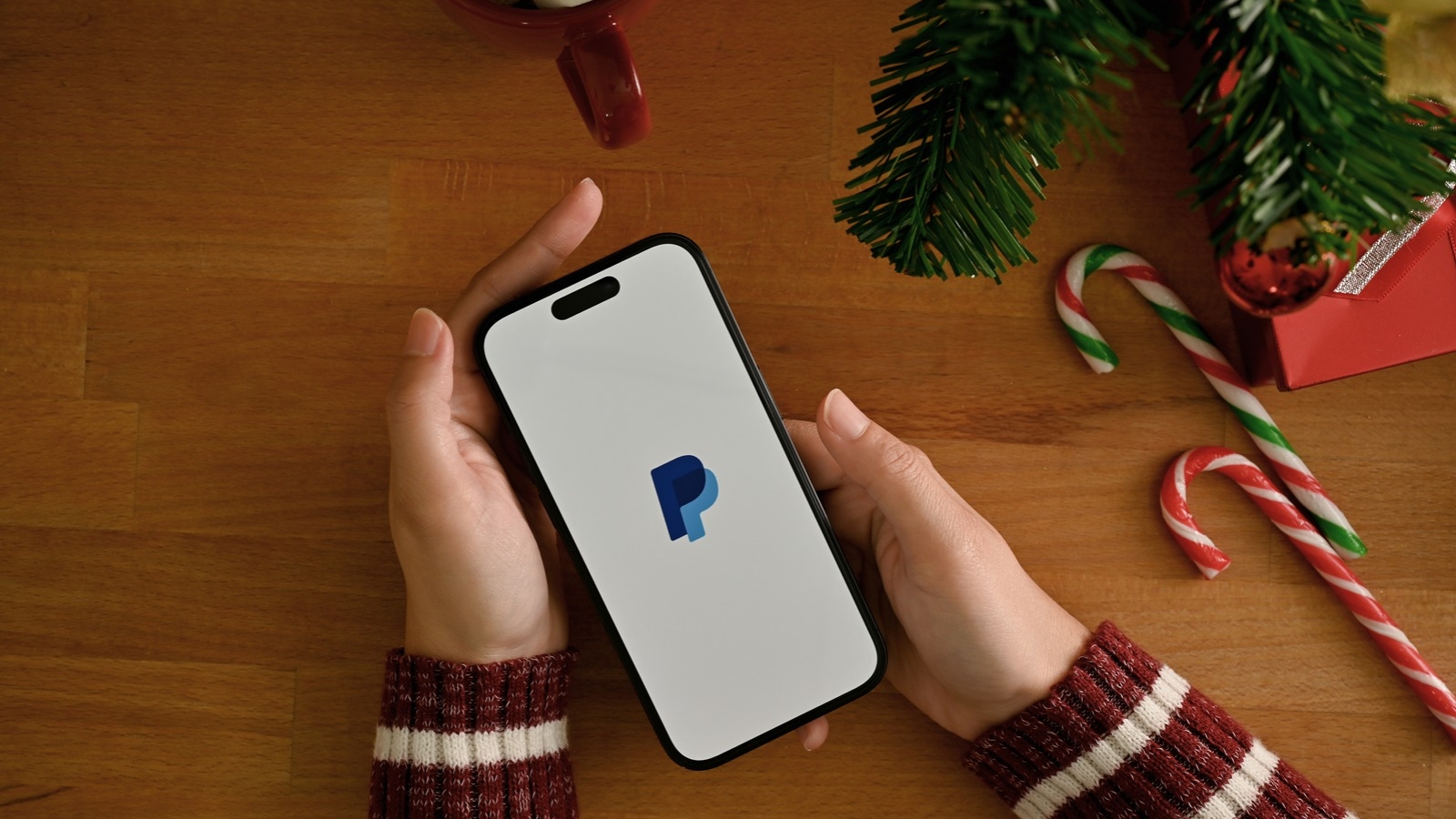When most people think of PayPal, they picture a convenient way to send a few bucks to a friend after dinner or to buy something online without pulling out a credit card. For business owners, however, PayPal is more than just a digital wallet. It’s a payment gateway, a customer service touchpoint, and sometimes a necessary lifeline when setting up shop in the online marketplace. Yet, using it for business involves more than just clicking a few buttons.
The promise of PayPal lies in its accessibility. Anyone can sign up, link a bank account, and start accepting payments within minutes. That immediacy appeals to entrepreneurs who want to move quickly. However, behind the simplicity lie layers of fees, rules, and features that can significantly shape the way a business operates. Without knowing those details, a seller can find themselves blindsided by unexpected costs or complications.
This article explores the essential things you should consider before diving headfirst into PayPal for your business. From transaction fees and customer expectations to fraud protection and cash flow, you’ll get a complete picture of what it really means to use PayPal as part of your operations. Think of it as the fine print you actually want to read.
Transaction Fees Can Add Up Quickly
One of the first surprises for many new business owners using PayPal is the fee structure. Unlike handing over cash or receiving a check, PayPal takes a cut of each transaction. For domestic sales, the fee is typically a percentage of the payment plus a fixed fee. That might sound small on a single sale, but the costs can snowball as sales volume increases.
Imagine you run a small online shop that sells handmade candles for $25 each. If you sell 200 candles in a month, you’ll gross $5,000. But with PayPal’s fees, you might end up losing several hundred dollars before the money even touches your bank account. For businesses operating on thin margins, that loss can be excruciating.
International transactions are another layer. Selling globally may expand your customer base, but PayPal charges additional fees for cross-border payments. Exchange rates also come into play, often adding hidden costs that erode your profits. The more your business expands across borders, the more these costs become significant.
Disputes And Chargebacks Can Disrupt Your Cash Flow
Running a business means occasionally dealing with unhappy customers. Maybe a package got lost in the mail, or someone claims their product didn’t match the description. PayPal’s dispute system empowers buyers to request refunds or challenge charges, which can be stressful for sellers.
When a customer opens a dispute, PayPal may freeze the transaction amount until the issue is resolved. That means money you thought was safely in your account suddenly becomes untouchable. For a small business owner juggling bills, inventory, and payroll, this temporary hold can disrupt cash flow.
The bigger issue comes when disputes turn into chargebacks. If a customer goes through their credit card company, the process gets more complicated. This PayPal feature often sides with the buyer unless you provide convincing evidence, such as shipping receipts or delivery confirmation. Even if you win, the time and stress involved can be draining.
Integration Is Convenient, But Not Always Seamless
PayPal excels in integrating with websites and e-commerce platforms. Services like Shopify, WooCommerce, and BigCommerce make it easy to add PayPal as a checkout option with just a few clicks. Customers often appreciate the option, as many already have PayPal accounts and prefer not to enter their card details.
However, integration isn’t always flawless. Some businesses encounter technical hiccups when syncing PayPal with inventory systems or accounting software. For example, sales may not always be accurately recorded in bookkeeping programs, resulting in time-consuming reconciliation efforts during tax season. Those little glitches can grow into headaches if left unchecked.
There’s also the customer experience to consider. PayPal redirects buyers off your website to complete transactions, which can feel clunky compared to smoother, all-in-one checkout solutions. Some buyers abandon their cart at this stage, costing you sales. While PayPal has worked to improve this process, it’s still not perfect.
Cash Flow Management Is Critical With PayPal.
Another challenge with PayPal is how quickly (or slowly) you can access your money. In many cases, funds are available within minutes. However, for new sellers or unusual transactions, PayPal may place holds that last for days or even weeks. This is intended to reduce fraud, but for a business owner, it can feel like someone else is controlling their finances.
Picture this: you land a big order, your customer pays through PayPal, and you’re ready to ship. But the payment is on hold. You need to front the cost of materials and shipping out of pocket, while your money sits frozen. For businesses with limited reserves, this can be a fundamental stumbling block.
Some sellers set up separate accounts or reserve funds specifically for PayPal-related delays. It’s a defensive strategy, but it helps maintain stability. The key is not to rely on PayPal as your only payment processor if your business depends on steady, predictable cash flow.
Fraud Prevention Is Both A Blessing And A Burden.
PayPal invests heavily in fraud detection. That’s good news for buyers and sellers because it helps reduce scams and unauthorized purchases. Their systems flag suspicious transactions, protect against identity theft, and often catch fraud before it affects you.
The downside is that these fraud checks sometimes snag legitimate transactions. Sellers occasionally report payment holds or account freezes triggered by activity that looked unusual to PayPal’s system. If you suddenly see a spike in sales, process a higher-than-usual order, or have customers from unfamiliar countries, your account may be flagged.
When that happens, it’s not uncommon to spend hours providing documentation to prove your business is legitimate. While security is necessary, the process can feel like being guilty until proven innocent. Having backup payment options can mitigate the impact if PayPal decides to freeze your funds during a busy season.
Customers Love PayPal, and That Matters
Despite its challenges, PayPal remains one of the most trusted names in online payments. Millions of buyers feel comfortable using it, resulting in higher conversion rates for sellers. Shoppers are often more likely to complete a purchase if they see PayPal at checkout, because they don’t need to share their credit card information directly with the merchant.
For small businesses, that trust factor can be gold. Offering PayPal can help you reach hesitant buyers who might otherwise abandon their cart. The “Pay in 4” installment option also appeals to customers who want flexibility in their payment methods, making your products more accessible.
In some industries, not offering PayPal could even hurt your reputation. Buyers might assume your business isn’t as credible or established if you only accept cards. Even if you prefer other processors, having PayPal as an option signals professionalism and customer care.
PayPal Isn’t The Only Option.
While PayPal is a major player, it’s not the only game in town. Alternatives such as Stripe, Square, and traditional merchant accounts often offer lower fees, faster deposits, or more advanced customization options. Each comes with trade-offs, so the right choice depends on your specific business model.
For example, Stripe offers robust tools for developers who want to integrate payments deeply into their websites or apps. Square is popular with in-person sellers thanks to its card readers and point-of-sale systems. Traditional merchant accounts may provide better stability for large or high-volume businesses.
The takeaway is simple: don’t put all your eggs in one basket. PayPal can be an excellent tool, but it works best when paired with other options. Offering customers multiple payment options not only protects your cash flow but also demonstrates flexibility and professionalism.
Conclusion
Using PayPal for business can feel like a double-edged sword. On one side, it opens doors to millions of potential customers, offers convenience, and boosts buyer confidence. On the other hand, it introduces costs, occasional frustrations, and limits on how you manage your money.
The key is going in with your eyes wide open. Understand the fee structure, prepare for disputes, and plan for the occasional hold on funds. Have backup payment options ready so you’re not at the mercy of one platform.
Think of PayPal as a powerful tool in your kit, but not the entire toolbox. Used wisely, it can support your growth and credibility. Used unthinkingly, it can trip you up. The choice lies in how carefully you prepare for the reality behind the convenient.


